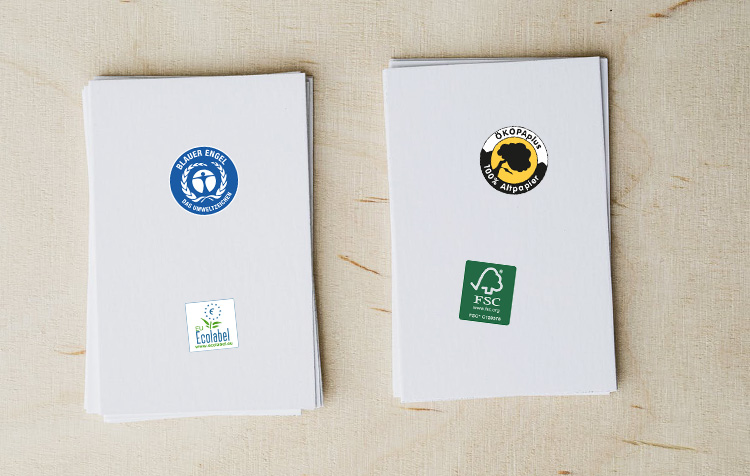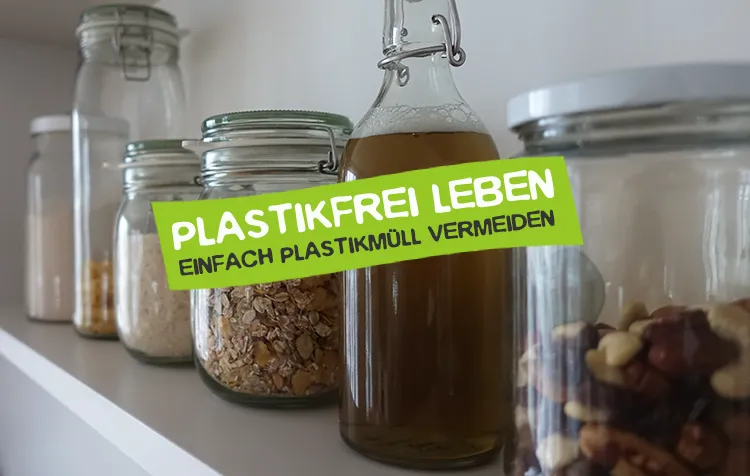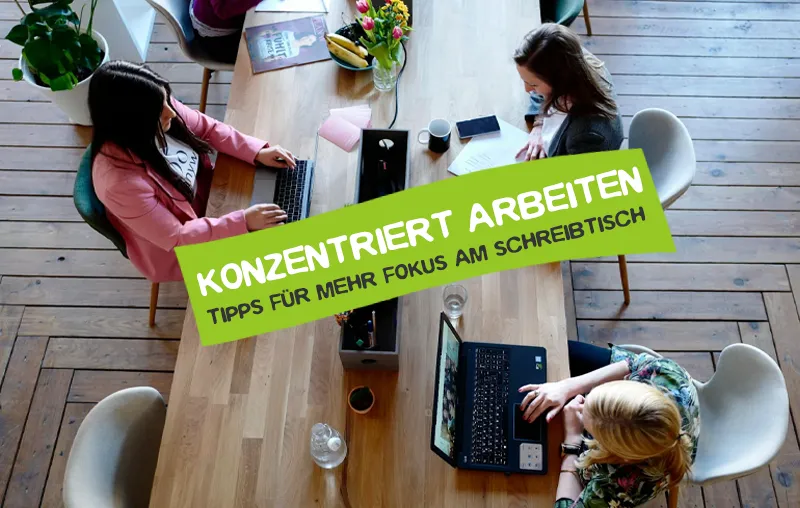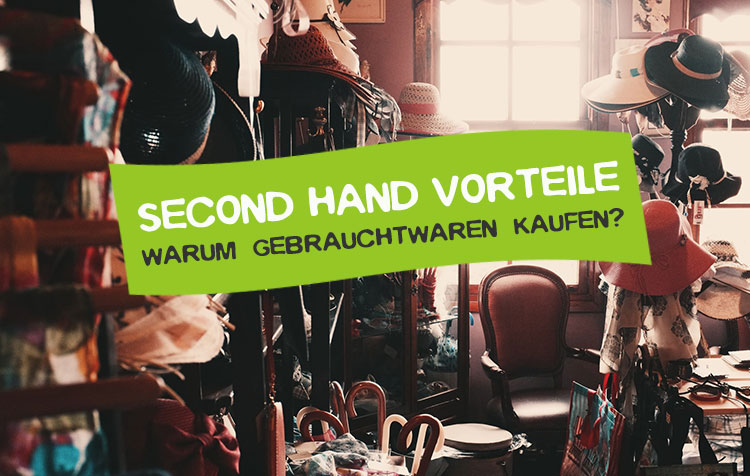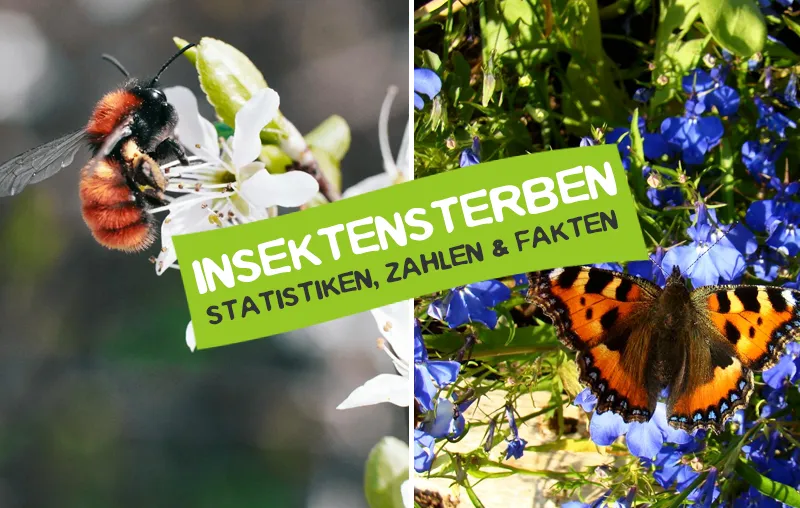What paper ecolabels actually help us identify sustainable paper products? Nowadays, as consumers, we have to navigate our way through a real label jungle when we want to give our sustainable lifestyle want to indulge in. Many of them are protected, trustworthy and transparent - but others are brazenly Greenwashingwhich is merely intended to soothe our guilty conscience. Unfortunately, these challenges and problems do not stop at paper products.
In this article, I would therefore like to introduce you to seven useful eco-labels and environmental labels that you can use to recognize sustainable paper - and show you which labels you should rather not trust. Let's go!
- The Blue Angel
- ÖkopaPlus
- UWS paper
- FSC (Forest Stewardship Council)
- EU Ecolabel
- PEFC (Programme for the Endorsement of Forest Certification Schemes)
- Recycling
1. the Blue Angel
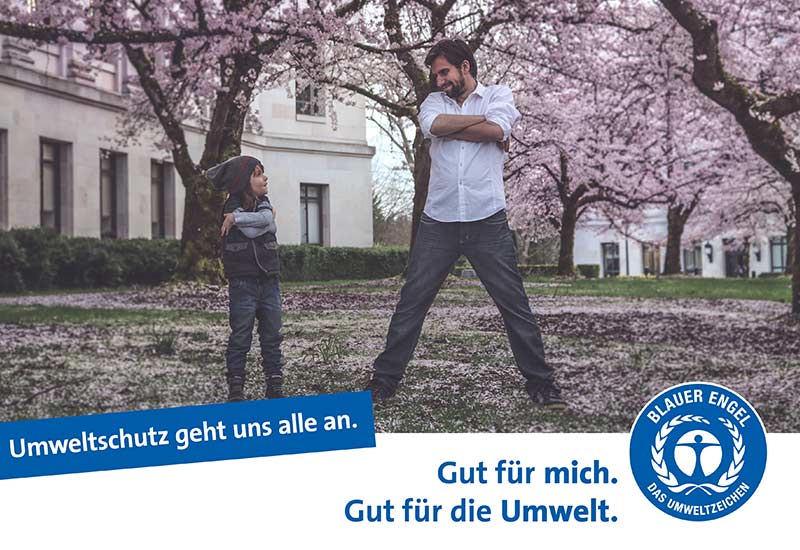
"Der Blaue Engel" (The Blue Angel) has been the German government's environmental label for environmentally friendly products and services since the year 1978. In the fight for sustainable forestry and against the Deforestation this label is one of the most important features of ecological paper products.
Recycled paper is characterized by the fact that 100 percent from waste paper and guarantees compliance with ecological standards, such as chlorine-free bleaching or the consideration of pollutant limits. Both the origin of the raw materials and their further processing are taken into account when awarding the eco-label. You can find it, for example, on exercise books, copy paper or toilet paper.
2. ecopaPlus
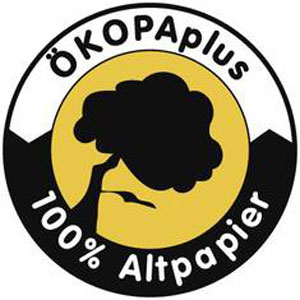
The "Ökopa" and "ÖkopaPlus" environmental seals also identify paper products that are completely from waste paper have been recycled. The prerequisite for the label developed by VENCEREMOS GmbH & Co. KG in cooperation with Greenpeace is the permission to carry the "Blue Angel". The awarded recycled paper is neither bleached with the use of chlorine or chlorine compounds, nor treated chemically in any other way. Instead, the recycled paper gets its white color from natural substances such as starch, kaolin or chalk.
3. UWS (environmental protection paper)
Extremely environmentally friendly are also the paper goods, which are equipped with the UWS seal. The "environmental protection paper" consists of 100 percent from waste paper and, unlike conventional recycled paper, is neither dyed nor bleached, which is why the shades of gray may differ slightly from time to time.
Excellent manufacturers try targeted, Keep water and energy requirements, as well as wastewater pollution, as low as possible. You can recognize it, for example, by labels such as "UWS sign paper", "vup", "ap", "Erdpapier" and also by the "Ökopa" seal.
4. FSC (Forest Stewardship Council)
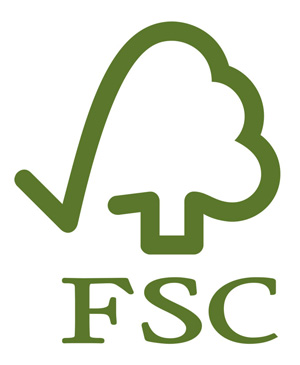
It is not always possible in practice to buy goods made from recycled paper. In that case, the FSC seal is definitely also a good identifier of environmentally friendly paper. Even if products with the label "FSC Recycled" also consist of 100 percent recycled paper, there are still some evaluation standards and labels not insisting on the complete use of recycled paper from the non-profit organization, which is based in Bonn and was founded in 1993.
FSC is an international certification system for sustainable forest management - and the seal is accordingly awarded to wood products that come from responsibly managed forests. When awarding the contract, great importance is attached to origin - but the use of chemicals is not taken into account. Nevertheless, it is a helpful eco-label for recognizing sustainable paper products.
5. EU Ecolabel (European Eco-label)
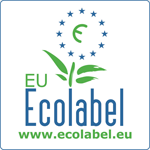
The "EU Ecolabel" (also called "Euroflower") was launched in March 1992 by the European Commission and is now recognized as an environmental label for paper and countless other product groups in all EU countries, as well as in Iceland, Liechtenstein and Norway. The eco-label promotes environmentally friendly paper production and use and is awarded above all to printed products, stationery and paper carrier bag products, as well as graphic paper and hygiene paper products, such as kitchen paper and toilet paper.
In the manufacture of excellent products, bleaching with elemental chlorine is prohibited and half of all paper fibers used must come from certified forestry. The However, the use of recovered paper is mandatory for very few products - only newspapers must be made of at least 70 percent recycled paper.
6. PEFC (Programme for the Endorsement of Forest Certification Schemes)
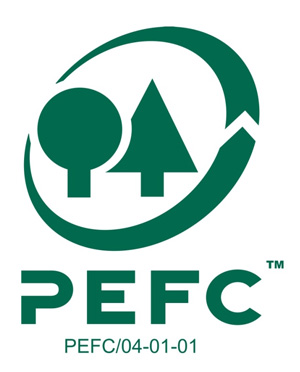
The abbreviation PEFC translates as "Program for the Endorsement of Forest Certification Schemes". The independent certification system for products from socially sustainable, ecological and economical forestry was founded in 1999.
The non-profit NGO PEFC monitors the processing chain of the products (annual random checks) and pushes the consistent improvement of sustainable forest management. The label is definitely one of the most important environmental seals for paper and wood products in general. But the evaluation criteria are mainly limited to the origin of the fiber materials - and not to the use of chemicals or limited water and energy consumption.
7. recycling
Fortunately, a new tree does not have to fall for every new sheet of paper. Indeed, paper can be recycled very oftenif it is in the sense of the correct waste separation also ends up in the waste paper. In addition to the "Blue Angel" or the "ÖkopaPlus" seal, you can also recognize corresponding paper products by the label "recycled" or "recycled paper.
You can now get recycled printer paper, for example, at any print and copy store, as well as any forward-thinking online office supply store. At companies like onlineprinters.com the products originate exclusively from sustainable forestry and are climate neutral printed and shipped. Another sign, by the way, by which we consumers can identify environmentally friendly paper.
Which eco-labels are rather unsuitable for labeling sustainable paper products?
Many labels are really helpful and save us consumers the long search for ecological paper. But some of the existing labels are rather unsuitable for certain reasons. That's why I would like to introduce you to the labels that don't really help when buying environmentally conscious paper:
- Oxford Acts For The PlanetWWF advises against using this seal as no independent controls are carried out.
- Aqua Pro Natura / World Park Tropical Forest: WWF advises against it, as only two criteria are included in the assessment, no independent checks are carried out and no recycling content is prescribed.₁.
- Chlorine-freeChlorine-free treated paper is of course still better than its chlorine-bleached counterpart. Nevertheless, chlorine-free paper does nothing to change the overexploitation of nature. Moreover, paper is often marketed as chlorine-free that has simply been treated with other chemicals.₂
- Wood freeWood-free does not mean that no tree had to fall for a paper product. For "wood-free" products, only the wood substance lignin was dissolved out so that the paper does not yellow so quickly. Nowadays, basically any paper is "wood-free" - so this label has no added value for our earth, nor for us consumers.₃
Use trustworthy eco-labels for paper as a guide when making purchases
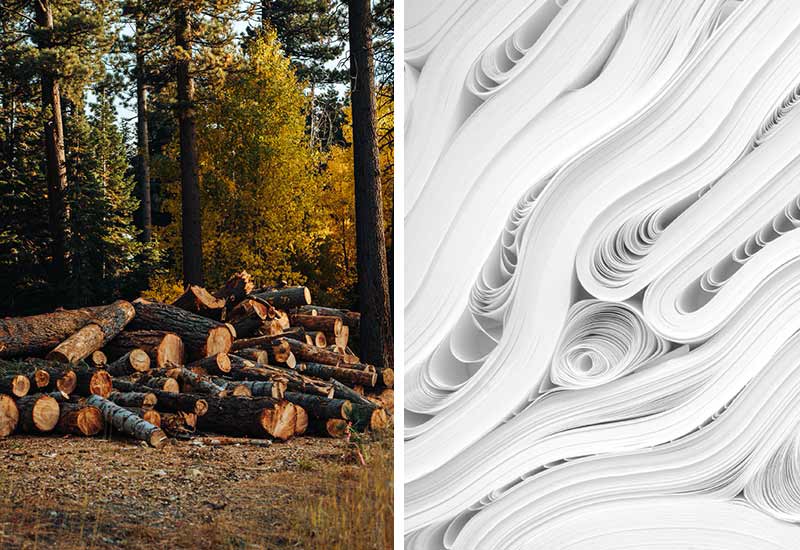
If you want to be as sustainable as possible in your everyday life, then you should definitely give preference to paper products that have been awarded the best eco-standards. But you should definitely be careful with paper that doesn't have an eco-label on it.
Only a few of the ecolabels offer an absolute guarantee - but the "Blue Angel" and the "Ökopa" seal are definitely labels that we environmentally conscious consumers can reliably use for orientation. Incidentally, there are also more and more suppliers who rely exclusively on recycled paper. So you can also recognize sustainable paper products from certain brands when you shop.
Do you have any questions, additions to the seals or further tips for consumers? Then I look forward to your comment.
Stay sustainable,

PS.: In order to counteract the deforestation, we should Conserve natural resources every day. How you save paper in everyday life you can find out in the linked article. Good luck!
References:
₁ WWF Germany: No way! WWF label guide paper products (as of 02.12.2016), available at https://www.wwf.de/aktiv-werden/tipps-fuer-den-alltag/holz-und-papier/wwf-labelratgeber/papierprodukte-auf-keinen-fall. [28.02.2022].
₂ Greenpeace e. V.: How to recognize environmentally friendly paper (as of January 2014), available at https://www.greenpeace.de/biodiversitaet/waelder/waelder-erde/woran-erkennt-umweltfreundliches-papier. [28.02.2022].
₃ Abenteuer Regenwald e.V.: What is wood-free paper? (as of 19.07.2021), available at https://www.abenteuer-regenwald.de/bedrohungen/papier/holzfreies-papier. [28.02.2022].

